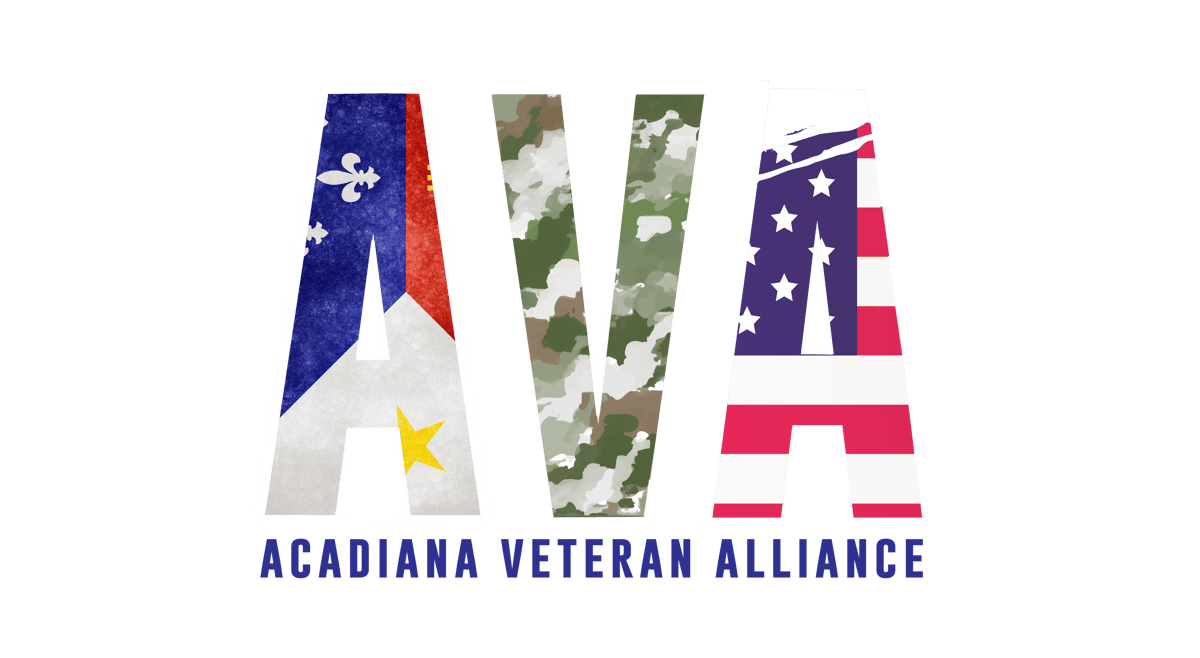What is stellate ganglion block?
A treatment that has been used for years to maintain pain caused by nerve injuries has recently proved to be capable of so much more. This treatment is an injection called the Stellate Ganglion Block and it temporarily blocks the nerve that controls the body's fight or flight response. Recent studies show that temporarily blocking this nerve almost acts as a reset button for a person suffering from the chronic fight or flight response associated with PTSD.
Dr. Thomas Bond, a local physician who administers the treatments says "What we do is literally cut the pathway between the memory and the associated physiologic response. That's what a PTSD block will do. Does it cure somebody immediately forever? Well, some of them, yes. And it's a big no-no to say that, but I don't care. I've seen it. I've done it."
"So far, it's 100% effective in the group we have," Bond said. "We'll have to see how long that duration lasts. I'd like to get to at least 50, really 100, from a statistical perspective. If we could get 100 patients and then look at the numbers, we'll be able to do a case series."
The injection is not covered by health insurance, therefore AVA helps fund the treatment for those suffering with PTSD. Now, through our Heal Program, veterans are responsible for paying only $500 of the $1,500 treatment. The cost includes a diagnostic screening, follow-up appointments and therapy sessions. The Heal Program's ultimate goal is to demonstrate clinical validity over time to increase funding and accessibility to veterans in Louisiana and the surrounding states.
Our President, Andrew Ward, says "I think we're onto something really, really big here, I think this is just the beginning."
Testimonials:
- Andy Bankard, 43, was one of the first people who received the injection through the Heal Program. Bankard received the treatment in Lafayette at the end of January.
Bankard says, "Since I got that shot, I feel like a new person," he said. "I feel like I have a new life, or a new meaning on life. It's like I can think clearly. My mind feels at ease."
- Barry Bouillion, a 46-year-old veteran of the Marines, received the injection on a Thursday and that following Sunday, three days after the injection, said that his relief was overwhelming and almost immediate. He said he felt soothed within minutes of the injection and cried for about 30 minutes afterward in Bond's office. He also said that the injection isn't a magic pill or cure all for those experiencing PTSD. The trauma is still there and must be worked through, but the treatment allows a person's body to shift from constant overdrive to a more neutral state.
- Licensed counselor Robyn Sonnier screens candidates prior to treatment and tracks their PTSD symptoms throughout the program. Veterans take a military-specific assessment of their PTSD symptoms prior to the injection and again two weeks, two months, six months and one year after the treatment. On average, veterans have seen a 28-point improvement in PTSD symptoms in the weeks and months after the injection.
The AVA hopes to continue providing support and funds for the injection for those veterans suffering from PTSD.

About AVA
Acadiana Veteran Alliance was formed to build new economic development and industry WITH veterans, and fund PTSD healthcare treatments FOR veterans.
The Mission of the Acadiana Veteran Alliance (AVA) is to unite Acadiana-area veterans, Acadiana veteran-owned businesses, and all Acadiana-based companies for a common purpose; supporting veterans in our Work, Heal, and Give phases of assistance



